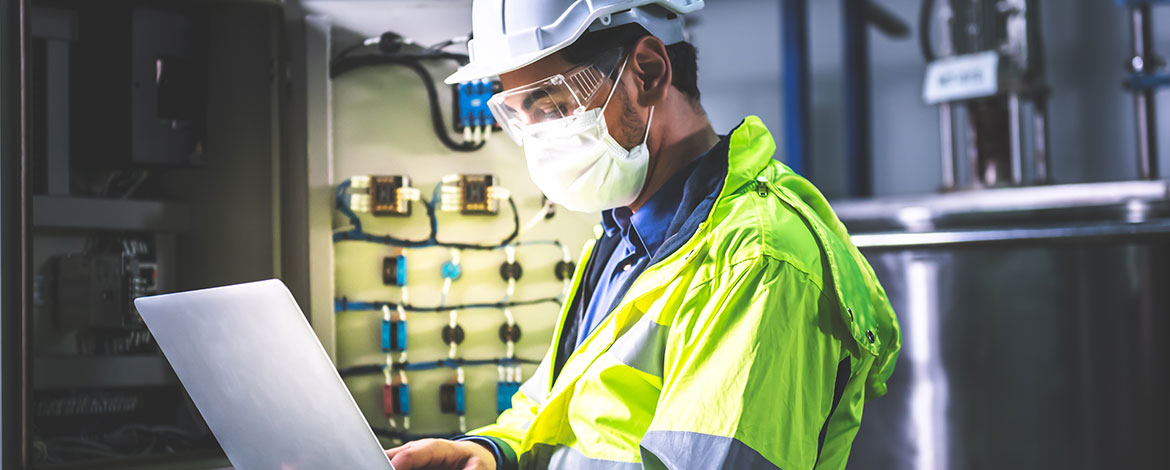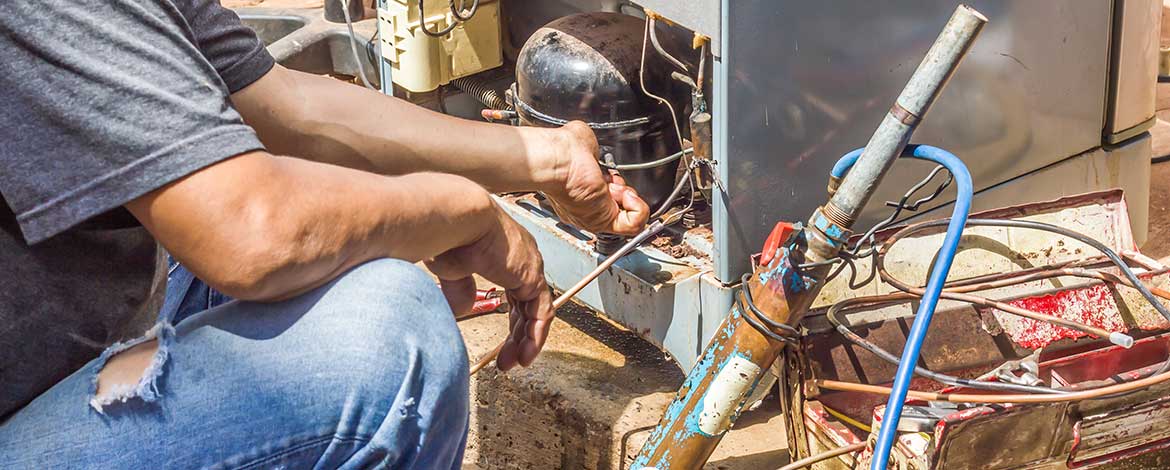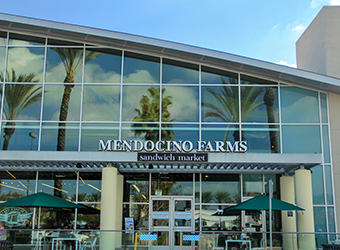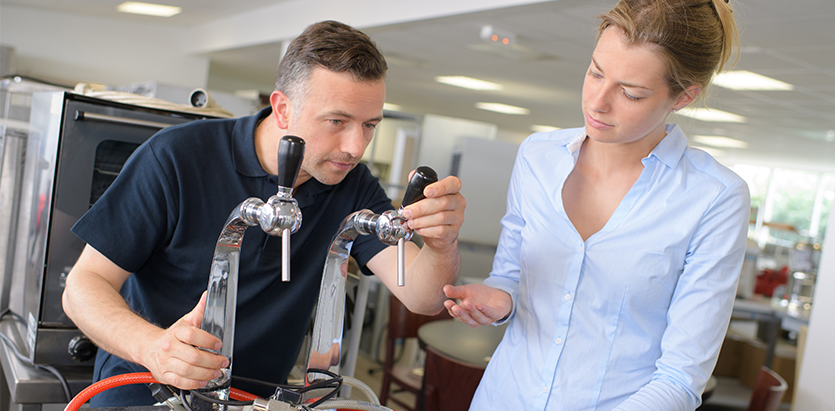There are myriad ways the COVID pandemic has impacted and disrupted us all, which has resulted in the unusual holding pattern in which we currently find ourselves. We know things will eventually return to quote-unquote “normal”. We know it will be a new normal. We know that how you choose to position yourself during this time could make the difference between soaring high upon the industry’s recovery or being left behind.
Restaurants have been hit particularly hard. The reduced workforce is wreaking havoc, and it’s incredibly difficult to rely on vendors to be there when you need them, and the only thing you can count on these days, it seems, is the continued need for repair and maintenance of equipment.
Thankfully, technology can help. As we’ve all been forced to think outside the box and come up with new strategies and processes on how to accomplish day-to-day activities, your CMMS facility strategy also needs to adapt. But what should it look like in a post-pandemic world, and how can it help position you for success?

Managing and Planning
When the COVID-19 pandemic descended upon us so quickly in early 2020, nearly every restaurant was forced to part ways with some percentage of its workforce. Hiring back has been an enormous challenge, particularly as we continue to navigate consistently inconsistent rises and falls in COVID variants and their accompanying protocols and restrictions. Since many veteran restaurant workers have now transitioned to other industries, there is an inexperienced pool of applicants. The numbers are staggering:
- According to the Bureau of Labor Statistics, as of late 2021, restaurants were trying to fill 1.7 million jobs.
- 28% of operators believe it will take between 7 and 12 months to return to normal.
This is where a good CMMS platform can help.
In managing workload, a good CMMS allows you to ramp up quickly. It allows you to be in tune with your locations without having to be on-site. It maintains clear-cut processes for the benefit of veteran and new employees alike, keeping everyone on the same page and training much easier.
In the restaurant industry, things will go wrong; equipment will fail, facilities will break. A CMMS eliminates frantic questions of who should be called, where is the vendor’s contact info, how much must be allotted for that repair. By removing such concerns, your team can instead focus on running a successful restaurant and adapting to the new normal.
Another thing about this new, younger workforce: They are more “plugged-in” than any generation before. They’ve grown up surrounded by technology, and expect it to inform, guide, and assist them in everything they do. Their expectations at work will be no different, which is why you’ll want to increase operational efficiency and put actionable data and analytics at their fingertips. Train them, empower them, then allow them to focus on the guest experience that will be so vital in determining which restaurants continue to move forward.

Real-time visibility
If we are to effectively manage this predominantly-new workforce, we’ll need more of a reliance on CMMS than ever. Heading into the pandemic, most restaurant concerns fell under the heading of penny-pinching, looking to see where they could trim the fat. These days, maintaining profits continues to be a concern. It has also been compounded by workforce worries, suddenly unavailable service providers, and other issues.
Let’s say it’s the dead of summer, 105 degrees outside, and your HVAC goes out. Now your guests are essentially sitting in a sauna, your kitchen is vulnerable, and you’re in danger of losing a day of revenue. It is crucial that whoever is addressing the problem is empowered to get ahold of the proper service provider, get them the information they need to come out, and have all the details they’ll need on the unit – its age, model number, maintenance history, and so on.
Questions abound, and you’ll have the answers: Is it time to repair or replace? What is the effectiveness of your contracted maintenance? Where are repair and maintenance dollars going, and why? With a CMMS like Ecotrak, a desktop interface and app allows you to streamline communication, reduce time on the phone, increase accuracy and get it all to the right vendor every time.
At a moment when you need streamlined facilities management to counter a reduced workforce, it’s more important than ever that you get things right the first time. A first-time fix helps minimize downtime, maintain that all-important relationship with your guests, and allow others to stay focused on front-of-house concerns. The next time they need a plumber, an electrician, or anyone else, all they need to do is open the app and with a few swipes, they can get the information and approvals they need to resolve a situation.
The CMMS platform then provides invoice statuses in real-time, so it’s simple to track costs, monitor spending, and ensure that your service provider has been paid. And you can bet that the service provider will remember your organization and promptness, so the next time that phone rings, they’ll pick up quickly.
Using data, you can reduce your repair and maintenance spending. You can improve vendor relations and sidestep equipment downtime. You can streamline your facilities management and navigate this tricky time of reduced workforces.
Responding to a crisis is one thing; preventing it is far better. A good CMMS solution is akin to having a psychic on your payroll, as it uses machine learning to analyze your data and automate the building of analytical models that predict when, where, and how soon your equipment will need to be repaired or replaced.

As we move past this pandemic, and the volume that comes back, your structure will be amplified. In other words, if you have a good structure and a solid CMMS solution in place and are well-deployed, you’ll be able to flex those strengths. If you don’t, your weaknesses will inevitably become your Achilles’ heel, leading to more wasted hours, wasted money, and wasted effort. Reducing spending and managing maintenance is the common goal of every restauranteur, and a good CMMS solution can position you to make sure that when we finally emerge from all this, you’ll be in control.



